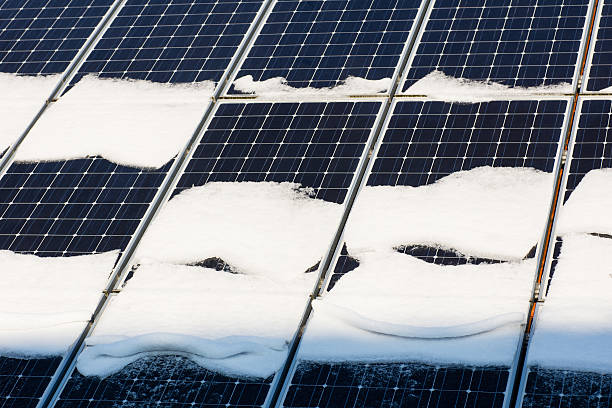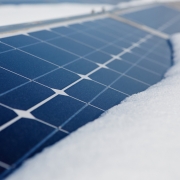Solar Efficiency in Cold Temperatures
Solar photovoltaic (PV) panels create energy from the sun’s radiation “sunrays” & not from the sun’s heat. A solar panel is made up of a layer of silicon cells and when light interacts with a silicon cell, it causes electrons to be set into motion, which initiates a flow of electric current.
When the sun is hitting a solar panel, the solar panel will generate electricity — no matter how cold it is. Most people don’t know that solar works more efficiently in colder temperatures. A sunny and cold environment in New England is the best condition for solar panels. Heat actually reduces solar efficiency (tests shown that panels start to lose efficiency above 77ºF).
Best example is the McMurdo Station, the primary hub for U.S. science operations on Antarctica, using solar as it’s critical source of power. Temperatures in outer space, where solar powers the International Space Station, experience the most extreme cold temperatures that are significantly colder than New England winters or even Antarctica’s tempatures!

In fact, the solar industry is thriving in cold-weather states like here in Massachusetts (our main office location), Rhode Island and Connecticut.
This isn’t to say that solar is better or produces more energy during the winter months. Shorter days in winter, snow cover, clouds and a lower angle of the sun can all reduce the amount of sunlight solar panels get.
Do you live in Massachusetts, Rhode Island, or Connecticut and thinking about going Solar? Call our office today to speak to one of our Solar experts to see how much solar can save you!
Benefits of going Solar:
|
|
|

